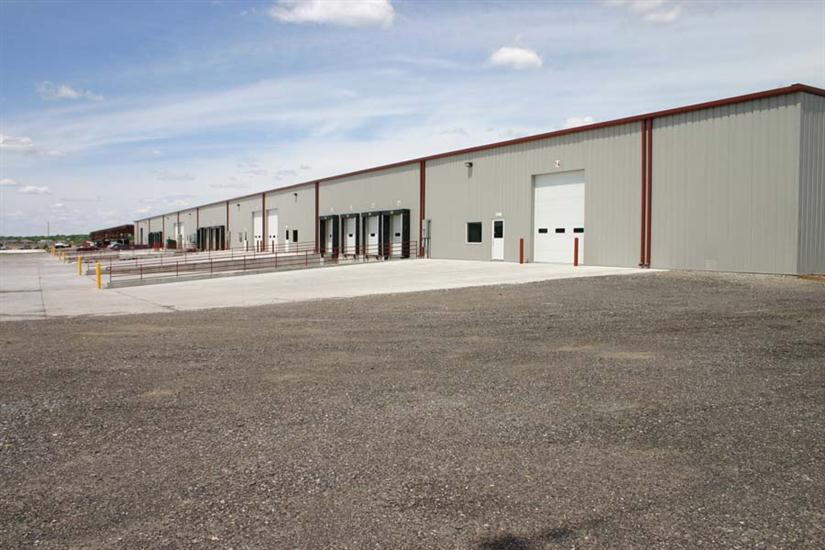Things about "Navigating the Challenges of Inventory Management in Omaha Warehouses"

Taking care of Seasonal Demand Fluctuations: Approaches for Omaha Warehouses
Seasonal demand variations can pose significant difficulty for warehouses in Omaha, Nebraska. With a expanding economic situation and a assorted range of markets, warehouse supervisors need to be prepared to deal with variations in demand efficiently. Breakdown to do thus can result in dropped purchases, raised price, and consumer frustration. Having said that, with the appropriate strategies in location, storehouse managers may get through these seasonal peaks and lowlands effectively.
1. Analyzing Historical Data:
One of the initial steps in dealing with seasonal demand changes is examining historical information. By examining previous years' sales patterns and pinpointing patterns, storage facility managers can a lot better anticipate peak periods and intend correctly. This analysis need to consist of elements such as specific products or item classifications that experience raised requirement during specific opportunities of the year.
2. Collaborating with Vendors:
Creating tough partnerships with suppliers is essential when managing periodic changes. Through keeping open product lines of communication throughout the year, storage facility supervisors can function with each other along with vendors to ensure sufficient stock amounts during peak seasons. This cooperation could involve very early ordering, arranging pliable distribution schedules, or protecting additional storing area when needed.
3. https://www.elocal.com/profile/18274782 -in-Time (JIT) Inventory Management:
Just-in-Time (JIT) stock administration is an effective strategy for managing in season need fluctuations. By aligning stock degrees very closely with customer orders and development routines, storage facilities may decrease excess stock throughout off-peak times while still meeting consumer demands in the course of height time periods. Implementing JIT requires accurate forecasting and near balance between storehouse functions and other teams.
4. Cross-Training Warehouse Staff:
Throughout height times, storage facilities commonly face boosted workload due to higher order volumes. To maintain functional productivity without overburdening employees or employing momentary employees, cross-training workers becomes vital. By training employees across different roles within the storehouse, supervisors can ensure adaptability in staffing arrangements without jeopardizing performance.
5. Using Technology Solutions:
Leveraging innovation options can dramatically improve a storage facility's capacity to handle seasonal fluctuations. Storehouse control units (WMS) and inventory management software program can easily give real-time visibility into stock levels, purchase processing, and client demand. This data-driven strategy permits storehouses to make informed decisions concerning supply replenishment and source allotment.
6. Improving Warehouse Layout:

An efficiently organized storehouse format is essential for taking care of seasonal variations easily. By purposefully installing high-demand products nearer to shipping places and maximizing storage room usage, storehouses can easily decrease selecting and packaging times in the course of peak periods. On a regular basis assessing the warehouse format makes certain that it remains enhanced for optimal performance throughout the year.
7. Teaming up with Third-Party Logistics (3PL) Carriers:
Partnering with third-party logistics providers can give added versatility in dealing with in season demand changes. 3PL providers possess the competence and resources to deal with peak season surges properly while giving cost-effective answers such as shared warehousing or transportation services. Collaborating with 3PL carriers enables stockrooms to size their functions up or down as required without considerable funding investments.
8. Performing Continuous Improvement Initiatives:
To stay in advance of transforming market dynamics, stockroom supervisors have to accept a lifestyle of ongoing remodeling within their facilities. Routinely administering functionality customer reviews, analyzing working metrics, and finding comments coming from consumers and employees enable supervisors to identify locations for remodeling and apply key improvements appropriately.
In verdict, taking care of periodic need variations demands careful program, collaboration, modern technology fostering, and continual enhancement initiatives for Omaha stockrooms. Through examining historical data, teaming up along with providers, applying JIT inventory administration strategies, cross-training workers participants, utilizing modern technology remedies, maximizing storehouse layouts, partnering along with 3PL carriers when essential, and administering ongoing enhancement effort – storage facilities may efficiently get through these challenging periods while meeting client ask for effectively.
